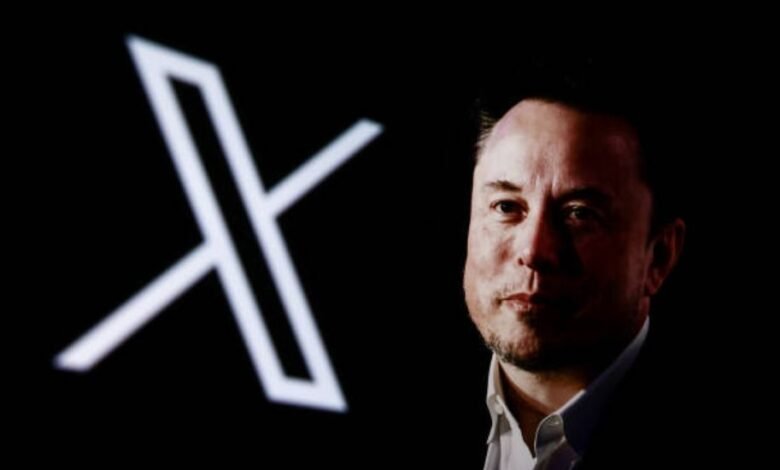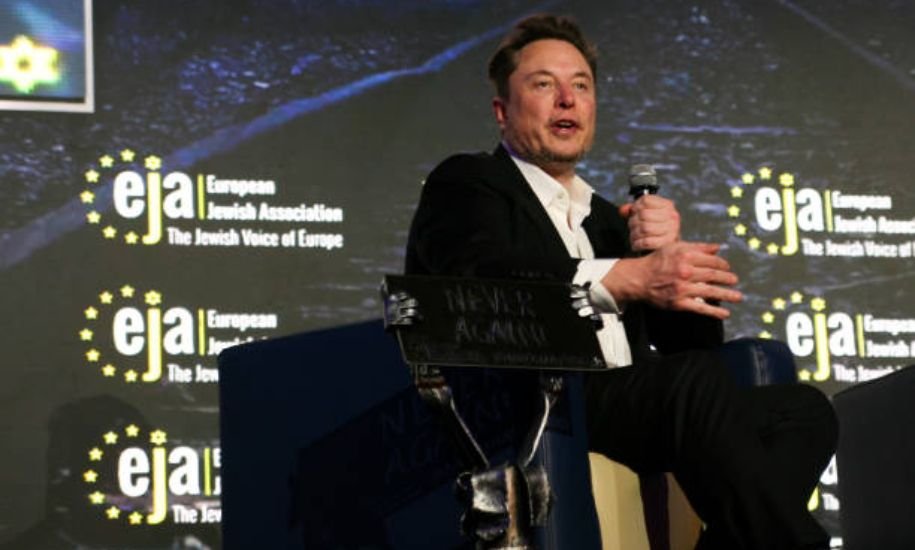Elon Musk X: Why He Sold It, What It Means, and Who Owns It Now

Few entrepreneurs have dominated headlines like Elon Musk, and few brands have experienced a transformation as radical as Twitter becoming X. Since Musk acquired Twitter in October 2022 for $44 billion, the platform’s evolution has been equal parts bold experiment, strategic gamble, and public spectacle. In March 2025, Musk took another stunning step: selling X to his own artificial intelligence company, xAI, in an all-stock deal.
This article explores the big questions people are asking: Why did Elon Musk sell X? Who is “Elon Musk X”? What does X stand for? Who owns it now? Let’s break down the details, the motives, and the meaning behind Musk’s most ambitious digital gamble.
Who is “Elon Musk X”?
The phrase “Elon Musk X” often confuses people, but it doesn’t refer to a person. Instead, it is shorthand for Musk’s rebranded Twitter platform, now called X.
Musk has a long history with the letter X. He co-founded X.com in 1999, an early online bank that later became PayPal. His rocket company is called SpaceX. Even his first child with musician Grimes carries the symbol in his name (X Æ A-12). For Musk, X symbolizes the unknown, the future, and boundless possibility.
So when he rebranded Twitter to X in July 2023, it wasn’t just a name change. It was Musk imprinting his signature letter onto one of the world’s most influential communication platforms.
What Does Elon Musk X Stand For?
To Musk, X represents more than a logo — it’s the blueprint of an “everything app.” Inspired by China’s WeChat, Musk envisions X as a one-stop digital hub for:
-
Social networking and microblogging
-
Payments and banking
-
E-commerce and digital marketplaces
-
Artificial intelligence integration
-
News, video, and live content
In Musk’s words, X is not merely a platform for tweets but an ecosystem of online life. Its rebranding signaled a shift from being just a social media site to becoming the foundation of Musk’s digital empire.

Why Did Elon Musk Sell X?
The biggest twist came in March 2025, when Musk announced that xAI, his artificial intelligence startup, had acquired X in an all-stock transaction.
1. AI Integration
X is a massive reservoir of human conversation. By folding X into xAI, Musk ensured that his company has unparalleled access to training data for its AI model, Grok. It also gave him a seamless way to deploy AI features directly inside X, accelerating adoption.
2. Valuation Reset
When Musk bought Twitter in 2022, the deal cost $44 billion. But under the xAI transaction, X was valued at $33 billion (or $45 billion including debt). By “selling” X to xAI, Musk acknowledged its lower market value while moving it into a higher-growth company with investor momentum.
3. Strategic Control
The deal didn’t represent Musk walking away. He still controls both xAI and X. Rather, it consolidated his empire, ensuring X is no longer just a struggling social media site but an integral part of an ambitious AI-driven company.
4. Revenue and Stability
X had faced volatile ad revenue since Musk’s takeover. By tying it to xAI, Musk gave the platform a fresh narrative — from advertiser flight risk to core infrastructure of an AI powerhouse.
Who Owns X Now?
As of 2025, xAI owns X, but practically, that means Elon Musk owns it.
Before the sale, X was controlled by Musk through X Holdings, with co-investors such as Larry Ellison, Saudi Prince Alwaleed bin Talal, Andreessen Horowitz, and Jack Dorsey. A court order in 2024 revealed this investor list publicly, confirming the power structure behind Musk.
After the sale, those ownership stakes effectively converted into shares of xAI. The $33 billion valuation of X was merged with xAI’s $80 billion valuation, giving Musk the ability to fundraise and expand under the AI brand.
So, while technically the ownership lies with xAI, the reality is simple: Elon Musk still owns and controls X.
The Strategic Impact of the Sale
This move is not just accounting—it has long-term implications:
-
AI-First Future: Musk wants X to be the default distribution hub for AI, similar to how Google integrated AI into search.
-
Investor Appeal: xAI, not X, is now Musk’s flagship for raising capital. Investors betting on AI are more enthusiastic than those betting on social media recovery.
-
User Experience: Expect tighter integration of AI assistants, payments, and commerce into the daily X experience.
Criticism and Skepticism
Not everyone is convinced Musk’s grand plan will succeed. Critics argue:
-
Advertising struggles remain: Despite AI promises, brands are wary of X’s volatile content moderation.
-
Regulatory challenges: Combining AI and a social media platform may invite scrutiny over privacy and data use.
-
Execution risk: Building an “everything app” in Western markets has historically failed; cultural and regulatory differences make it harder than in China.
Still, Musk thrives on high-risk bets, and the X-to-xAI move is precisely the kind of gamble that has defined his career.
Conclusion: The Future of Elon Musk X
Elon Musk’s X is more than a rebranded Twitter — it is his attempt to reinvent digital life under one brand. By selling X to xAI, Musk hasn’t abandoned the platform; he has repositioned it. What began as a social media experiment is now a strategic data pipeline and distribution engine for AI.
The real question isn’t whether Musk still owns X — he does. The question is whether his vision of X as the everything app can truly take hold in global markets. If he succeeds, X may become the West’s closest answer to WeChat. If not, it risks being remembered as Musk’s most expensive branding experiment.
For more such deep-dive technology analyses and global news insights, visit News Zio.



